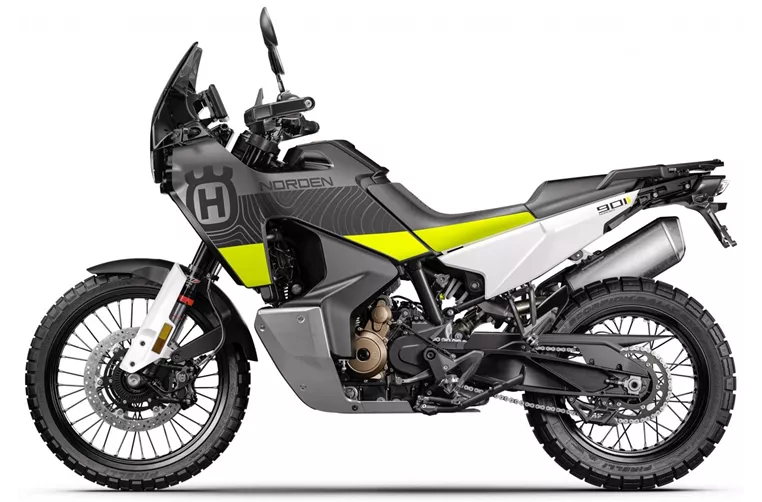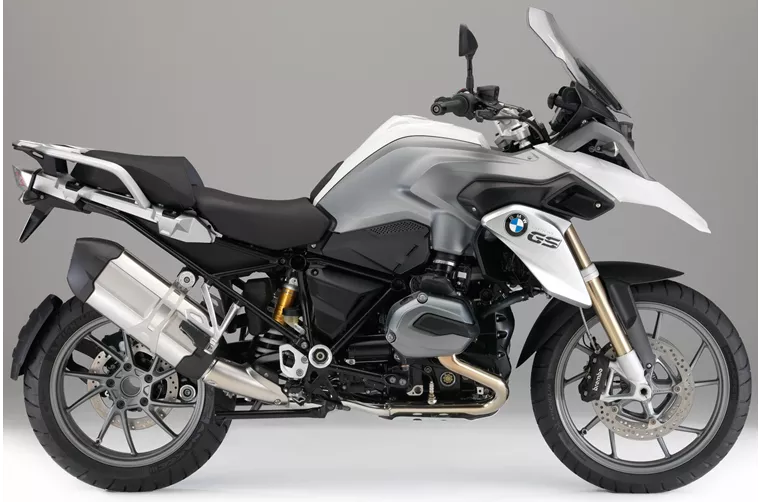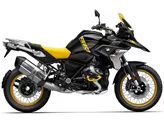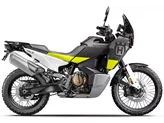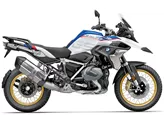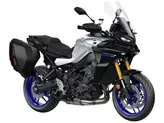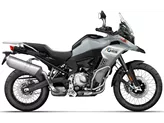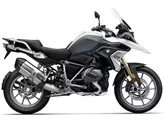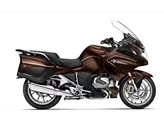Husqvarna Norden 901 2022 vs. BMW R 1200 GS 2015
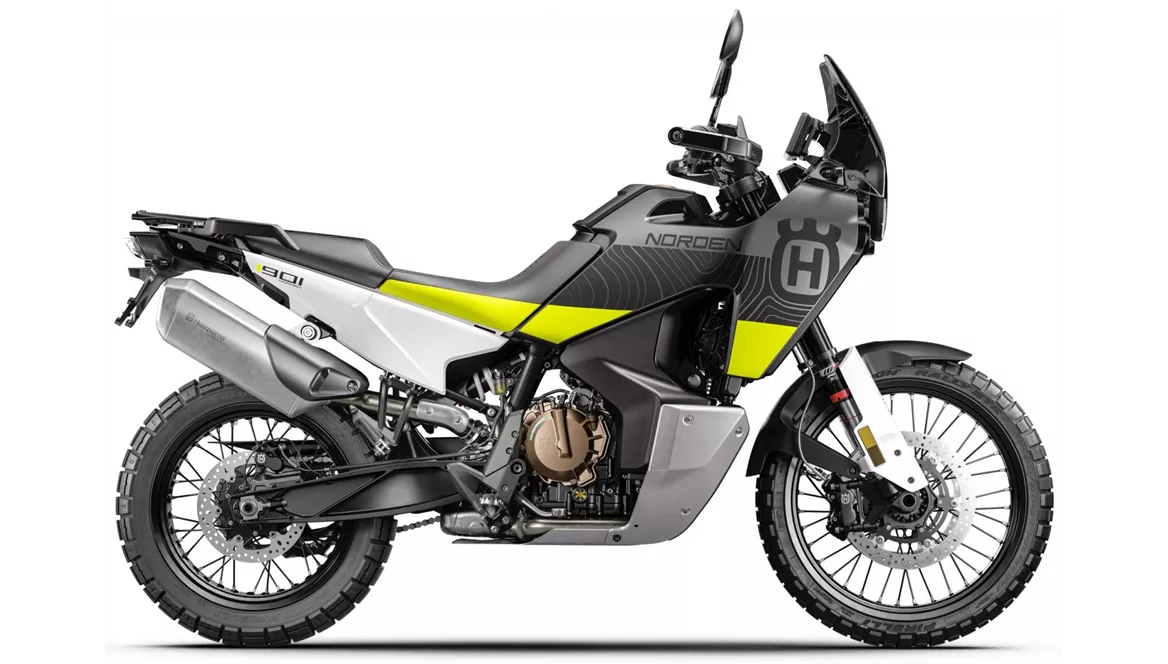
Husqvarna Norden 901 2022

BMW R 1200 GS 2015
Overview - Husqvarna Norden 901 2022 vs BMW R 1200 GS 2015
The Husqvarna Norden 901 2022 and the BMW R 1200 GS 2015 are both enduro motorcycles with their own unique strengths and weaknesses.
Starting with the technical specifications, the Husqvarna Norden 901 2022 has a bore of 90.7 mm and a stroke of 68.8 mm, while the BMW R 1200 GS 2015 has a bore of 101 mm and a stroke of 73 mm. In terms of engine power, the Husqvarna Norden 901 has 105 HP compared to the BMW R 1200 GS's 125 HP. The torque of the Husqvarna Norden 901 is 100 Nm, slightly lower than the BMW R 1200 GS's 125 Nm. The Husqvarna Norden 901 has a chain transmission, while the BMW R 1200 GS has a prop shaft transmission. Both motorcycles have 2 cylinders, with the Husqvarna Norden 901 having a displacement of 889 ccm and the BMW R 1200 GS having a displacement of 1170 ccm.
Moving on to the suspension, the Husqvarna Norden 901 2022 features an upside-down telescopic fork front suspension with compression, preload, and rebound adjustment. The rear suspension is a swing arm with preload and rebound adjustment. On the other hand, the BMW R 1200 GS 2015 has a strut front suspension with preload adjustment and a single swing arm rear suspension with preload adjustment.
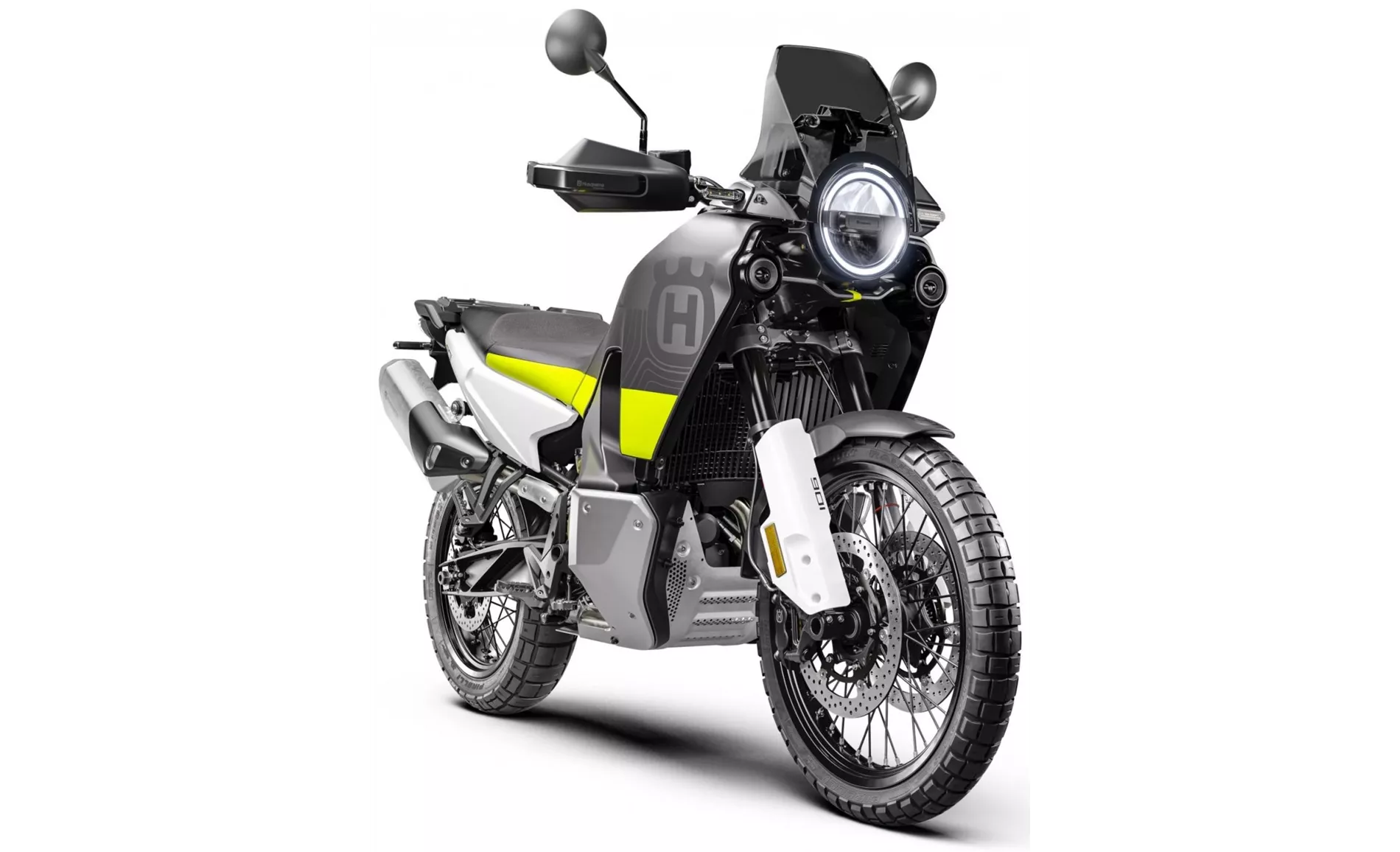
Husqvarna Norden 901 2022
In terms of chassis, the Husqvarna Norden 901 2022 has a chromium-molybdenum frame, while the BMW R 1200 GS 2015 has a steel frame. The frame type of the Husqvarna Norden 901 is tubular, while the BMW R 1200 GS has a twin tube, load-bearing engine frame type.
Both motorcycles have double disk front brakes, providing reliable stopping power. The front tyre diameter of the Husqvarna Norden 901 is 21 inches, while the BMW R 1200 GS has a slightly smaller front tyre diameter of 19 inches. The rear tyre width of the Husqvarna Norden 901 is 150 mm, and the rear tyre diameter is 18 inches. On the other hand, the BMW R 1200 GS has a rear tyre width of 170 mm and a rear tyre diameter of 17 inches.
In terms of dimensions and weights, the Husqvarna Norden 901 has a wheelbase of 1513 mm and a seat height of 854 mm. The fuel tank capacity is 19 liters. The BMW R 1200 GS has a slightly shorter wheelbase of 1507 mm and a seat height of 850 mm. The fuel tank capacity is slightly larger at 20 liters.

BMW R 1200 GS 2015
Now, let's discuss the strengths and weaknesses of each motorcycle. The Husqvarna Norden 901 2022 has a great engine with high practicality and a linear rev range. It also offers a high-quality electronics package and a high level of travel comfort. The chassis is pleasantly tuned, and the motorcycle has a tough and reliable character, making it suitable for long tours. Additionally, it provides good wind and weather protection. However, it does have some weaknesses, including unpleasant heat development in the calf area at low speeds, unsteady engine running after a cold start, and a low flywheel mass that can cause it to die off.
On the other hand, the BMW R 1200 GS 2015 has a powerful engine and low fuel consumption. It offers a comfortable seating position and can be used off-road. The motorcycle also has a high reputation. However, it does have a long and expensive surcharge side, and the Telelever front suspension may take some getting used to. The brakes are also reported to be very sharp.
In conclusion, both the Husqvarna Norden 901 2022 and the BMW R 1200 GS 2015 are capable enduro motorcycles with their own set of strengths and weaknesses. The Husqvarna Norden 901 offers a great engine and high practicality, while the BMW R 1200 GS has a powerful engine and a comfortable seating position. Ultimately, the choice between the two will depend on personal preferences and priorities.
Technical Specifications Husqvarna Norden 901 2022 compared to BMW R 1200 GS 2015
Pros and Cons in comparison
Pros and Cons in comparison
Husqvarna Norden 901 2022
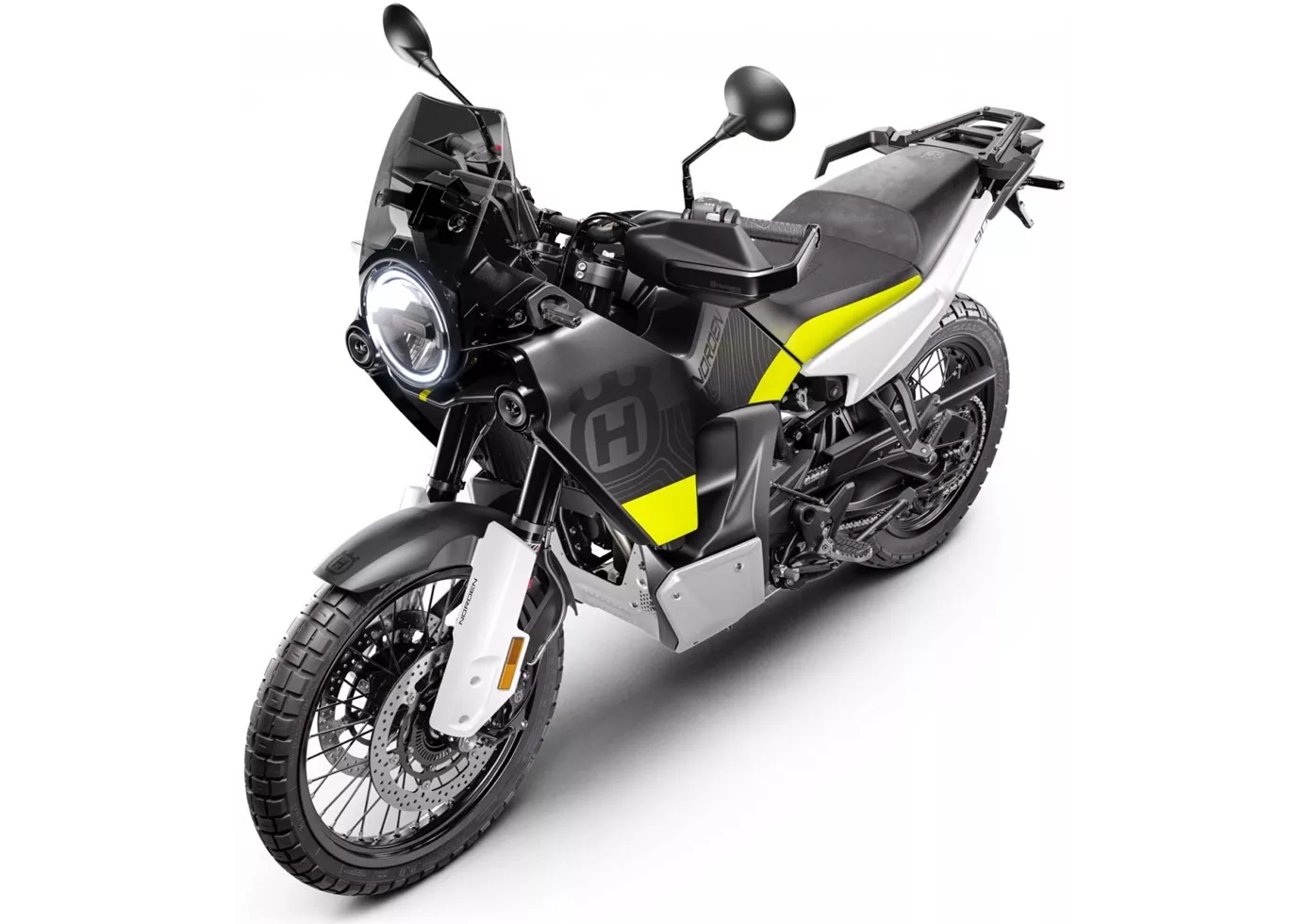
During the test in the USA, the Husqvarna was exposed to probably the toughest test conditions. The tour led through deserts, up high mountains and through scorching hot valleys. Highways as well as hectic city traffic had to be negotiated. In the end, the Norden 901 proved to be a likeable, reliable and thoroughly successful adventure motorbike that is a pleasure to travel with.
BMW R 1200 GS 2015
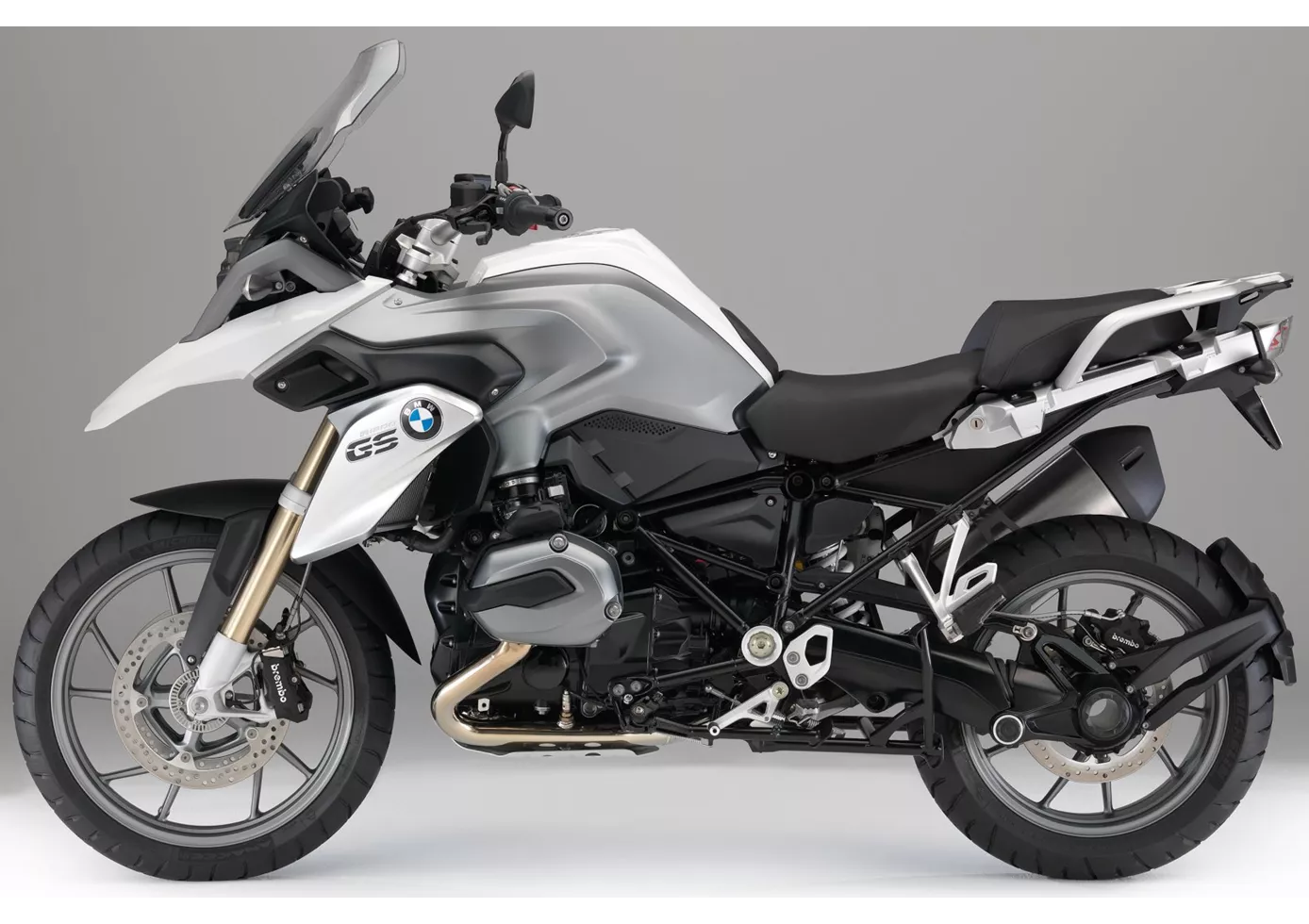
A GS is at home almost anywhere - but only to a limited extent on the racetrack. It's a pleasure to feel the power of the partially water-cooled boxer twin cylinder on the exit of the bend - 125 hp only seems much weaker on paper than 150 or even 160 hp on the competition. With 125 Newton metres of torque, the acceleration from the bottom is superb anyway and the GS, at 238 kilos ready to ride, does not carry too much flab despite its bulky appearance. In very tight corners, the low centre of gravity also has a positive effect - the BMW R 1200 GS is very hard to crack! Even the front telelever suspension, which suppresses the front wheel's tendency to sink in when braking, fits perfectly into the overall package on the GS and can only slightly detract from its sporty character.
Price Comparison Avarage Market Price Husqvarna Norden 901 vs BMW R 1200 GS
There are a few key differences between a Husqvarna Norden 901 2022 and a BMW R 1200 GS 2015. In terms of price, the actual average prices of both motorbikes are almost the same. A Husqvarna Norden 901 2022 experiences a loss of 790 GBP in one year of ownership. This is offset by a loss of 450 GBP for a BMW R 1200 GS 2015. Compared to BMW R 1200 GS 2015 there are less Husqvarna Norden 901 2022 bikes available on the 1000PS.de Marketplace, specifically 14 compared to 47. It takes less time to sell a BMW R 1200 GS with 66 days compared to 107 days for the Husqvarna Norden 901. Since model year 2022 1000PS.de editors have written 20 reviews for the Husqvarna Norden 901 and 98 reviews for the BMW R 1200 GS since model year 2005. The first review for the Husqvarna Norden 901 was published on 05/11/2019 and now has more than 120,800 views. This compares to more than 19,100 views for the first review on BMW R 1200 GS published on 20/01/2004.
